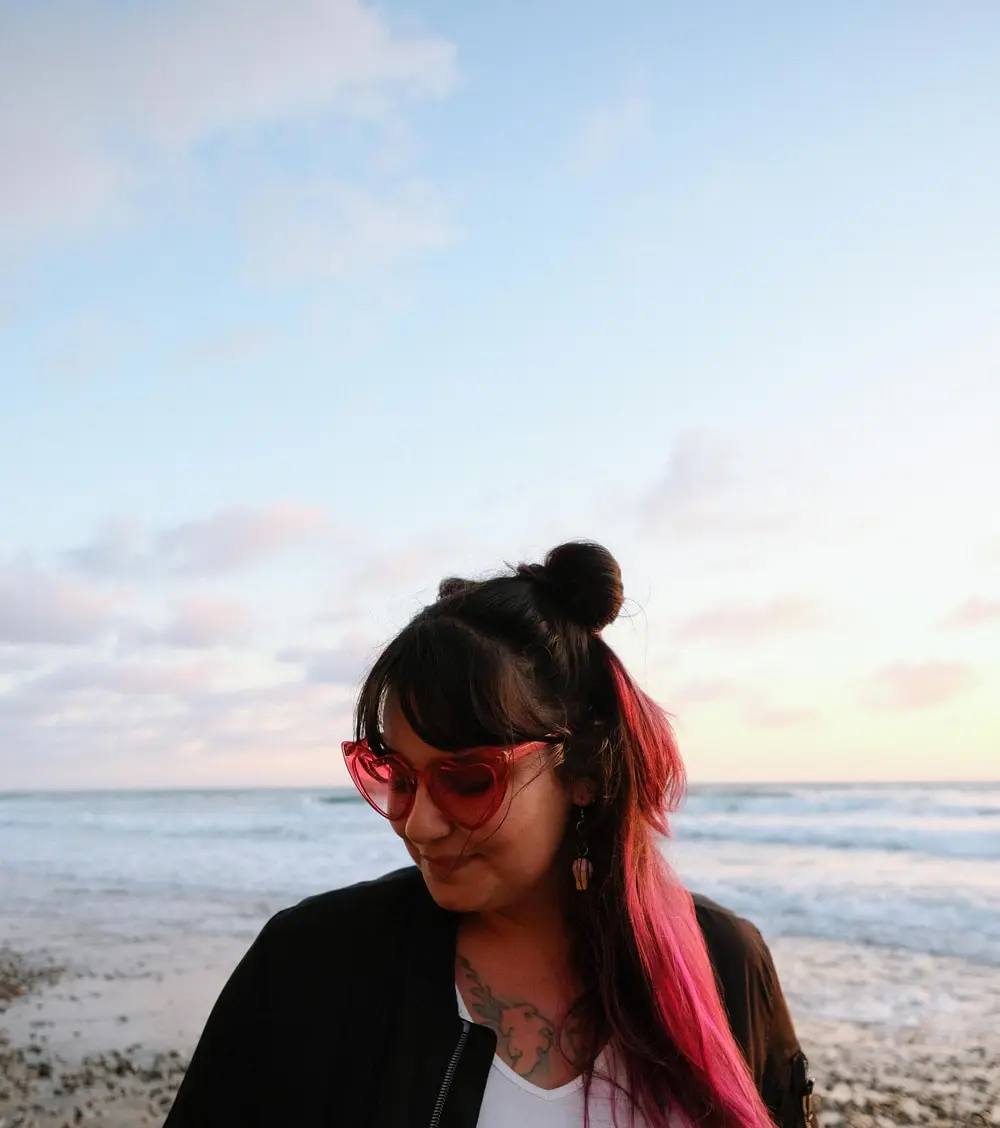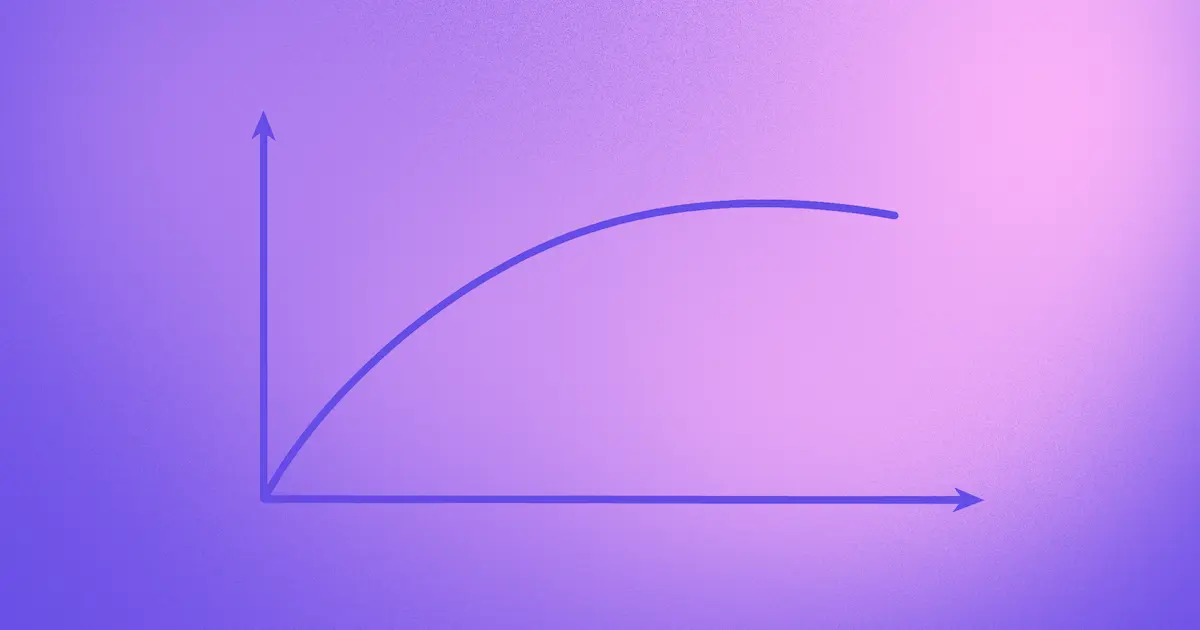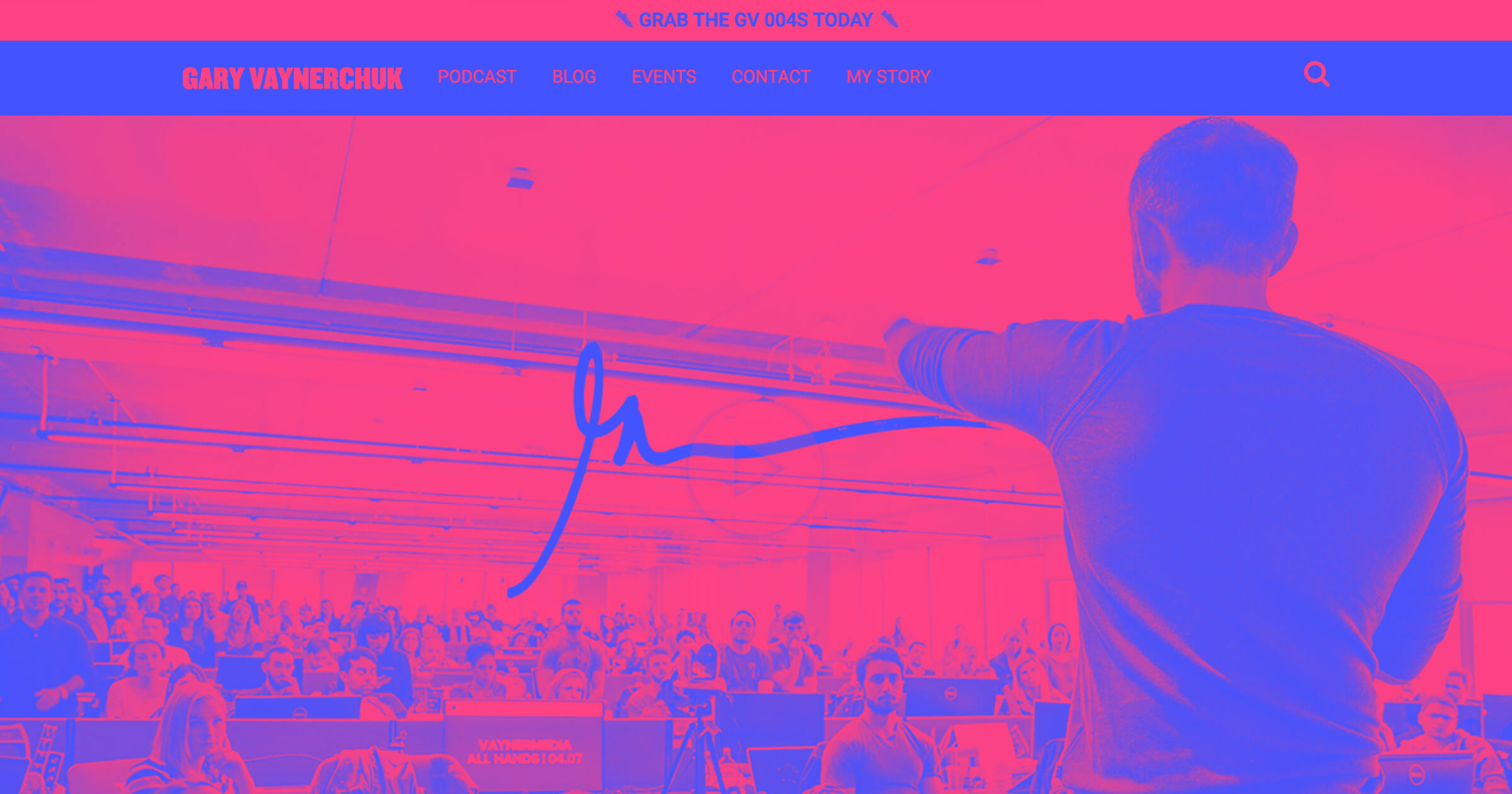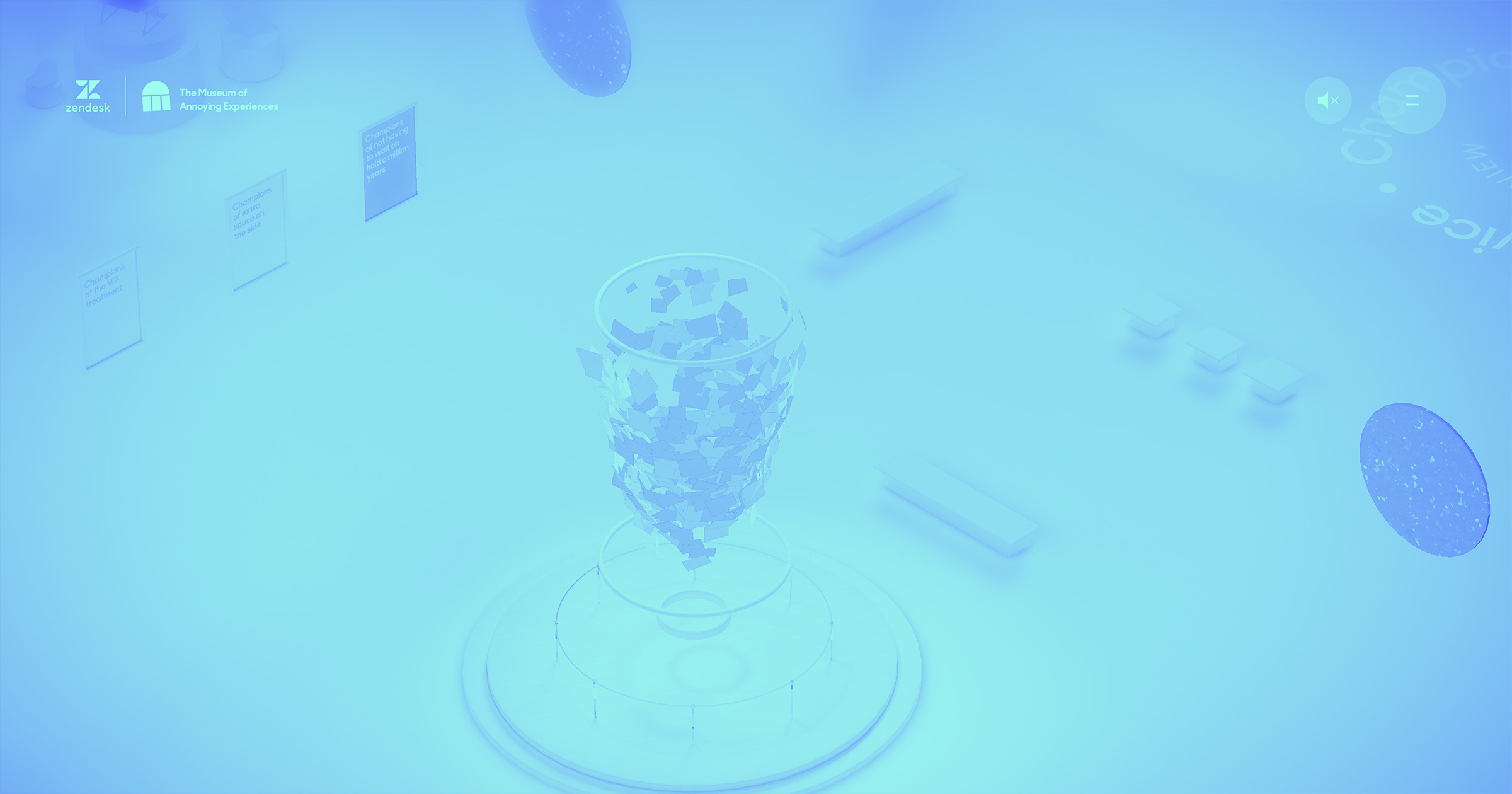Audio logos are the sneaky little earworms that trick our brains into linking a sound to a brand.
If you want to get technical, the definition of an audio logo is a short sound, musical riff, voiceover, or sound effect that is tied to a company or product.
We hear these 3-5 second clips all the time. And while we don’t always identify them as audio logos, our brains are building connections between the sounds and related stimuli, including what we see and feel when we hear them.
Picture the Netflix loading screen. Imagine the ending of a McDonald’s commercial. Think about any T-Mobile ad.
Did you hear the two drum beats and swelling sound that pairs with the N animation for Netflix? Maybe you hummed the familiar “badabababa, I’m lovin’ it” that closes out McDonald’s ads. You likely heard the peppy series of chimes that’s been T-Mobile’s ringtone of choice for ages. The point is — whether you like these brands or not, their audio logos stick with you.
And that’s what makes audio logos such a powerful marketing tool — and one you might consider using to increase your brand recognition.
To better understand what makes these short riffs so effective and what to consider when creating them, I dug into the science behind how our brains react to sound. Then, I chatted with Adam Frick-Verdine of Hugmonster Sound and UnHeardOf World to get his insights as an audio professional.
What makes audio logos so effective?
Just like their visual counterpart, audio logos are designed to be used often so that consumers will learn to recognize a brand by the logo alone. But while people need to see a visual logo in context many times before committing it to memory, studies show that people can recall noise patterns after hearing them as few as two times.
Our brains don’t just react differently to sounds compared to other stimuli — they store the information in a unique way, too. Once we hear a sound, echoic memory — a type of short-term memory of things you hear — stores it.
Because echoic memory is a subcategory of sensory memory, our brains link the sound to a sensory experience as well. Think about the sound of your alarm clock, for instance. If you’re not a morning person, your echoic memory might pair that sound with a sensation of dread or frustration.
Of course, the goal of an audio logo is to create a more positive association. That’s why when your credit card is accepted at a store you’ll hear a cheerful little chime. Credit card companies (and capitalism) want you to associate spending money with happiness.
“Sound is able to tap into a deeper emotional response than visuals,” says Adam, “that’s why audio logos can be so effective in connecting people to a brand.”
How to incorporate audio logos into your branding
Audio logos often serve as mini jingles that open or close an experience like an app loading screen or the sonic signoff for a TV commercial. By bookending an experience with a sound, brands can coax us into remembering them.
Here’s how to approach audio logo creation:
Determine what your brand needs
Think about how and where you plan to use your audio logo. Will it be used for ads, a website, YouTube videos, etc? Do you plan to pair the audio logo with a visual? Determining how and where the audio logo will appear can help you build out the sound.
For example, Fitness Blender starts each of their workout videos with a visual logo animation paired with the audio logo. The pop, crank, swoosh sounds in the audio logo perfectly align with the visual animation. This harmonious blend makes it easier for us as viewers to remember their sound, logo, and brand name.
For Fitness Blender, the audio logo serves one purpose — to create an auditory and visual connection to their brand at the start of each workout. At the moment, their business model doesn’t call for more involved sonic branding. However, matching the audio logo to their visual logo is a smart move because it keeps their options open if they decide to build out a sonic brand in the future.
“There’s a lot to be said for sonic branding,” says Adam, “not just a single audio logo but a thoughtful approach to the many ways a brand can use sound. That can be ambient audio or UX sounds on a website, a soundscape at the beginning of the phone message, or even audio support in a physical space whether that’s a store, trade show, or installation.”
Facebook is a solid example of more involved sonic branding. When we use the app, we hear sounds for different actions such as refreshing the newsfeed, reacting to a post, or receiving messages. All of these sounds are part of Facebook’s overall sonic branding.
But you don’t have to create an entire app. Adam shares an example of an audio logo he created that was designed to pair with other audio projects for Treehouse Networkshop, a networking company that held in-person events.
“We wanted an audio logo for their podcast that would express what their brand was about,” says Adam, “so instead of just a whoosh or sparkles or something, we recorded as many people as possible saying the brand name to give a sense of what they were actually doing.”
That thoughtful approach made the Treehouse Networkshop audio logo a perfect opener for a wide range of things, including their podcast, ad spots, videos, and an audio profile.
Remember — audio logos can stand on their own or be a part of a larger visual and sonic branding effort. The important thing is to focus on what your brand needs (and can afford) right now and, ideally, leave room to expand in the future.
Get sound inspiration from various sources
“The best first step is to listen more,” says Adam, “listen to the audio that accompanies visual logos, listen to audio logos on podcasts or on the radio, and pay more attention to the sound in TV shows and commercials to get an idea of what you think works and doesn’t.”
Exploring sounds beyond audio logos helps you realize what types of sounds leave an impression. Even if certain sounds aren’t right for your brand, they could help you figure out what direction to go in for your audio logo.
Make notes about how different sounds make you feel. Eliciting an emotional reaction is a great tactic for endearing listeners to your brand. Adam explains that this tactic is a crucial aspect of film sound design. Take the adorable robot who never actually says a word, WALL-E, for instance.
“We don’t love WALL-E just because he’s cute,” says Adam, “we love him because the sounds that make up his personality are rooted in real machines and devices, and real human voices, and that connects us to him emotionally.”
Once you’ve done your research, start writing down adjectives that describe the mood or message you want your audio logo to convey. Should it feel peppy and enthusiastic? Warm and inviting? Maybe you need a more modern and efficient sound or an audio logo that feels trustworthy and official. Describing a sound is tricky, but focusing on a general mood makes this process less intimidating.
Collaborate with an audio professional
You have a lot of options for audio logo creation. Adam points out that you could go the DIY route by purchasing pre-existing audio clips from services like AudioJungle or playing around in programs like GarageBand or Adobe Premiere. While this is definitely cheaper, purchasing or editing existing clips could result in an indistinct audio logo that sounds like countless others.
“A good audio logo is unique, catchy, and memorable and has some connection to the brand,” says Adam, “but a great audio logo has those roots in reality or in some emotional element that makes it unmistakably the logo for that brand.”
Luckily, audio professionals have trained ears and the skills needed to create one-of-a-kind sounds that are catered to a specific use. Adam notes that some professionals promote audio branding as a service, but sound designers are a great option as well. Sound designers often work in TV and film and are accustomed to building sounds to elicit a specific emotional response.
Remember all those adjectives you jotted down during your inspiration sessions? Bring those to your sound designer to give them a starting point.
“Don’t be afraid of saying things like ‘I want it to have a little fraWHOOMPH at the end’ or ‘I like the audio in this montage scene but I don’t like the sckreeeewaaaark at the end,’” says Adam. “The job of a good sound designer is to bring those ideas into the world of sound. We’re used to making up strange sounds and noises, so it won’t bother us!”
Sound design can enhance visual design
When it comes to designing for brand recognition, you don’t have to stick to the shapes and typefaces that you’re used to. Go chase down some sonic branding techniques and create an audio logo that amplifies your visual design and makes your brand stick in people’s minds.



















Build websites that get results.
Build visually, publish instantly, and scale safely and quickly — without writing a line of code. All with Webflow's website experience platform.































